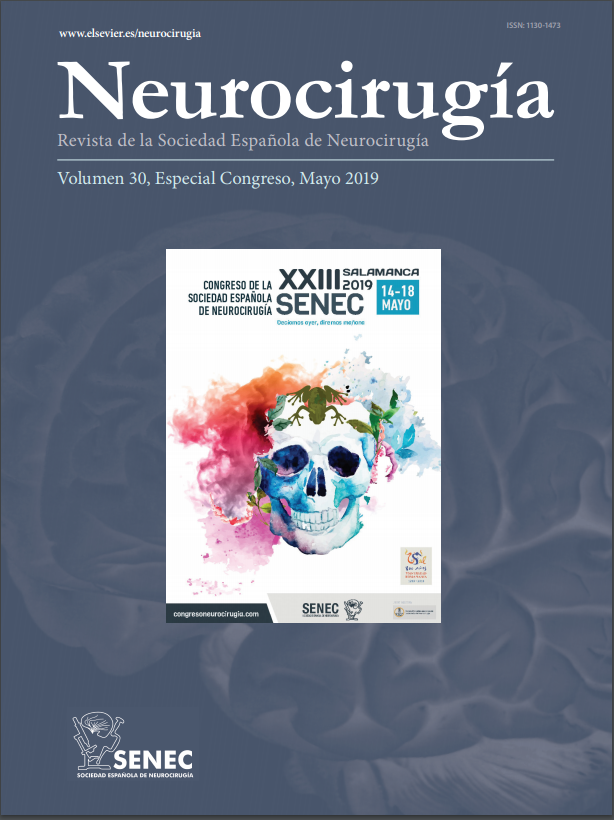C0310 - NEUROSURGICAL TREATMENT OF SPLIT SPINAL CORD MALFORMATION TYPE I IN A PEDIATRIC PATIENT: CASE REPORT
Hospital Universitario La Paz, Madrid, Spain.
Objectives: Split spinal cord malformation (SSCM) type I, previously known as diastematomyelia, is a rare condition consisting of duplication of the spinal cord into two hemicords with a full thecal sac and meningeal covering. SSCM I is thought to be caused when the persistent intermediate part of the accessory neurenteric canal causes the neural placode and the notochord to split. Clinical presentation is highly variable and surgical treatment may be performed in pediatric population. We aim to report a case of SSCM I in a patient who underwent surgical management at our institution at the age of 17 months.
Methods: Surgical excision technique, imaging and clinical data from a female pediatric patient presenting with prenatal diagnosis of SSCM I associated to limb length discrepancy with hypoplastic right leg, lumbar scoliosis and toraco-lumbar bone defects are reported and discussed.
Results: Prenatal diagnosis of SSCM I was confirmed after birth by MRI showing complete splitting of spinal cord into two hemicords starting from L2 with no caudal fusion, with a bony spur at the level of L3-L4, associated with tethered cord, hidromielia, scoliosis and caudal regression. The patient underwent neurosurgical treatment at the age of 17 months by the excision of the bony spur and reparation of dura mater of both hemicords through a posterior approach. After surgery the patient presented with a favorable outcome and follow-up MRI showed resection of the septum but persistence of hidromielia.
Conclusions: Split cord malformations are a subgroup of closed spinal dysraphic anomalies whose clinical presentation is highly variable. Neurological deficits and orthopedic deterioration are clear indications for surgery and it is important to remove the bony spur before treating scoliosis. For us, surgical treatment should be as well performed in asymptomatic patients in order to avoid late clinical deterioration.







